Turbo Adipex Pip supports traders at all stages by integrating intelligent automation to refine decision-making. With a layout built around user flexibility, it constantly interprets shifting patterns in market behaviour. This system enables users to respond with adaptable strategies as new changes unfold.
Turbo Adipex Pip uses advanced AI engines to sift through large-scale data in real time—highlighting market triggers and tracking short-term shifts. It allows users to interpret current trends quickly and respond with more certainty and better timing.
Turbo Adipex Pip features a copy-trading function that helps users apply proven methods from experienced traders. Alongside AI-generated interpretations of ongoing movements, this makes Turbo Adipex Pip a reliable tool for navigating unpredictable crypto conditions.
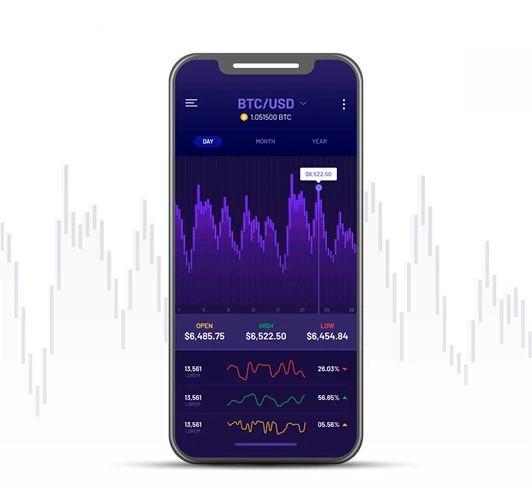
Turbo Adipex Pip relies on AI to decode the market’s rhythm, offering a clear lens on trends and volatility. Real-time interpretation of data sets, combined with flexible models, ensures user actions are informed and timely. With enhanced protection protocols, the platform maintains high standards of user security and consistency.
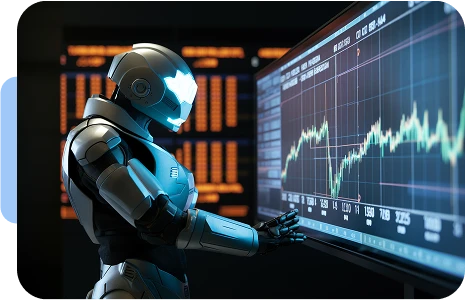
By using Turbo Adipex Pip, traders can explore asset behaviour with greater clarity. Backed by sophisticated AI frameworks, the platform examines live movements and presents valuable interpretations. These insights support precise reactions in changing conditions, giving users a strong foundation for smarter choices.
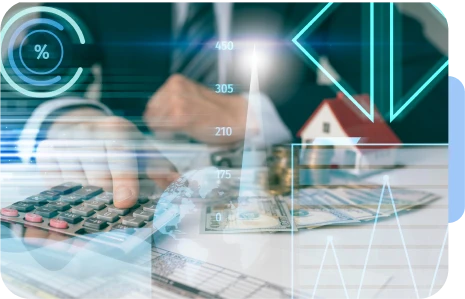
Turbo Adipex Pip integrates adaptive logic to follow emerging market signals and convert them into direct, useful feedback. With the ability to read subtle shifts across varied data points, the AI engine allows users to make informed adjustments. Critical phases are made clearer through organized insight delivery.
Turbo Adipex Pip allows users to access proven tactics developed by analysts. Instead of automation, the tool presents these strategies for thoughtful application. This lets users combine pattern analysis with seasoned knowledge to craft smarter actions in both fast and slow markets.
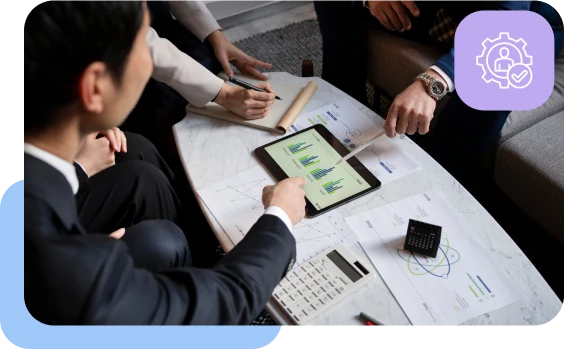
Turbo Adipex Pip ensures secure handling of user data by applying structured, compliance-driven protocols. Since there are no trades conducted directly on the platform, all data is stored through reliable digital safeguards. This supports a secure and trust-based environment where users can explore AI insights without privacy concerns.
Turbo Adipex Pip is not simply a tool; it’s an advanced platform where AI supports smart decision-making without replacing user involvement. It helps decode crypto behaviour, interpret movement trends, and assess digital patterns. This gives users clearer vision, helping them react wisely in complex and fast-paced environments.
Intelligent tracking tools within Turbo Adipex Pip help users align with changing market activity. The platform scans current trends and shares real-time insight when shifts take place. These ongoing updates on Turbo Adipex Pip help improve timing, refine trading outlooks, and prepare users with sharper market-based thinking.
Turbo Adipex Pip delivers focused AI-driven evaluations to support better trading decisions under time-sensitive conditions. Advanced tools study asset behaviour at high speed, offering real-time direction. Turbo Adipex Pip functions as a responsive AI platform for reading shifts in crypto activity and detecting possible trade windows.
Turbo Adipex Pip combines fast scanning with adaptive response logic to help detect market direction. It breaks down active movement with precision, allowing clear insight into short-term changes. These guided evaluations help users respond faster and more effectively as market conditions evolve.
Turbo Adipex Pip supports market evaluation by tracking digital asset patterns and assessing active conditions. This helps align user strategies with real-world shifts. Turbo Adipex Pip ability to adjust in real time supports clarity in rapidly evolving market cycles, offering consistency in changing environments.
Turbo Adipex Pip operates around the clock, providing updated input on emerging crypto activity. By reviewing fresh data in real time, the system ensures that signals are relevant. This provides accurate support for identifying opportunity windows and reacting with sharper confidence.
Turbo Adipex Pip reduces technical barriers with well-organized features built for quick access. The platform functions without complications, offering all users a straightforward experience. Even those unfamiliar with crypto tools benefit from clear layout and guided design.
The intelligent framework within Turbo Adipex Pip helps decode digital trends by interpreting fast-changing market inputs through AI. The system breaks down pricing, positioning, and timing layers—turning large datasets into meaningful patterns. Turbo Adipex Pip transforms this data into strategic pathways for users to act with improved clarity and direction.
Turbo Adipex Pip removes the need for repeated manual scanning by offering structured analytical flows. These flows connect users to tested expert strategies and highlight real opportunities. The setup delivers smart signal detection while keeping users engaged with tools that boost visibility and strategic understanding.
Built-in safety features within Turbo Adipex Pip support secure access, verified tools, and reliable processing. The platform uses secure data standards and maintains protective layers for users to act confidently. Turbo Adipex Pip is structured for decision-making in unpredictable digital environments.
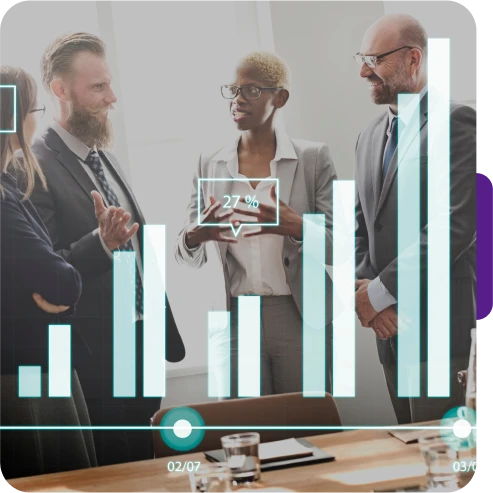
Forming thoughtful strategies takes discipline, and Turbo Adipex Pip helps simplify this with focused tools. The platform studies how prices behave, aligns data with goals, and interprets market response. This lets users create consistent approaches based on actual shifts—not guesswork.
The AI features built into Turbo Adipex Pip track long-term market behaviour by analysing preference-based data, trading habits, and price activity. By reviewing known market events, the system offers refined guidance to help structure forward-looking actions.
Turbo Adipex Pip helps analyse market rhythm—whether users react to rapid changes or prefer broader themes. With advanced strategy filtering, the platform adapts insight delivery to user trading styles. AI segmentation in Turbo Adipex Pip supports those seeking clarity between fast responses and extended planning cycles.
Liquidity is a key factor in understanding trade efficiency and pricing changes. By exploring shifts in volume, Turbo Adipex Pip reveals how different market setups behave under pressure. This type of analysis supports better recognition of price flow and how conditions influence each decision in volatile phases.
A tactical approach to ranges and price targets helps uncover how traders enter and exit markets. By filtering noise and guiding through sharp turns, Turbo Adipex Pip presents trade signals based on precision. The system helps users highlight low-risk entry zones and recognize markers for trend continuation or reversal.
With advanced learning systems, Turbo Adipex Pip examines wide data clusters, user actions, and changing sentiment. It pulls from AI-tested models to help remove emotion from evaluations. This lets users frame decisions using neutral systems and clear benchmarks. Turbo Adipex Pip also delivers support for developing trading rules. By applying structured guidance and real-time insights, users build stronger habits and gain control in dynamic environments.
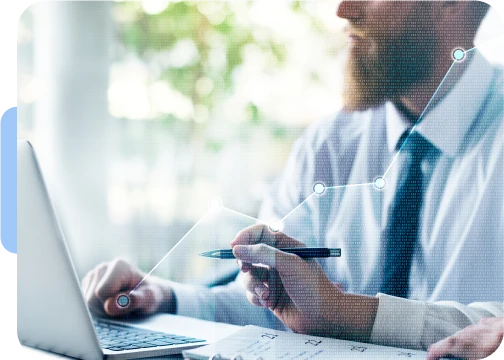
Sentiment tracking helps decode trader behaviour by examining reactions to economic signals and price activity. By studying how participants respond to shifting events, Turbo Adipex Pip identifies patterns that reflect confidence or hesitation. These emotional responses are transformed into actionable insights for better judgment under changing conditions.
AI features in Turbo Adipex Pip scan wide data clusters for signs of strength or hesitation. These tools observe trend reversals, price jumps, or slowdowns in trade activity. As major movements unfold, the platform adjusts responses based on common reactions, offering another layer of strategy support.
Turbo Adipex Pip merges this data with reliable chart indicators, providing a cohesive guide to price flow. Whether users are following strong trends or observing reversals, the platform adapts input accordingly—helping structure decisions for greater accuracy and clarity.
Tracking trader reactions reveals how opinions shift based on market conditions. By scanning discussions, price responses, and public sentiment, Turbo Adipex Pip identifies potential turning points. This allows the platform to translate broad emotion into usable insights for interpreting current mood across trading environments.
Sentiment-focused AI in Turbo Adipex Pip processes signals like sudden surges, hesitation patterns, and sharp reversals. By recognising these emotional cues, the system can detect bullish outlooks or cautious sell-offs. This pattern awareness supports smarter engagement as the market shifts.
With advanced indicators, sentiment feedback becomes more reliable. Turbo Adipex Pip aligns this feedback with trending data, enabling users to prepare for both rapid momentum and slower changes—boosting control in volatile scenarios.
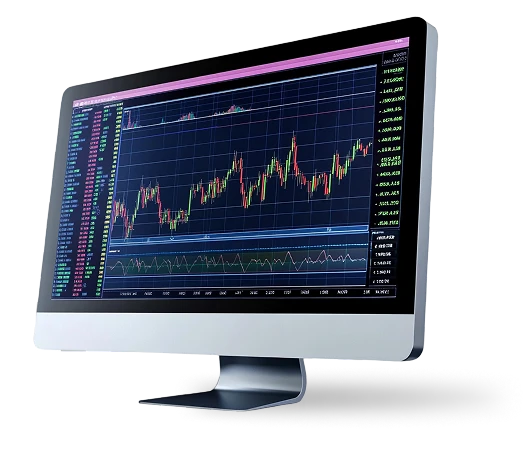
Wider events such as inflation reports, employment trends, and economic policy announcements influence digital assets in powerful ways. Turbo Adipex Pip breaks these factors down to clarify their effects. As trends unfold, users gain context around changes driven by large-scale reports.
Shifts in government policy, regulation updates, or sector-specific news can influence how crypto values behave. Turbo Adipex Pip watches these developments closely, delivering updates that sharpen how users read price changes.
By mapping cause-and-effect patterns, Turbo Adipex Pip supports users in linking outside data with real-time chart activity. This helps shape forward-thinking decisions, providing stronger market orientation based on clearer global events.
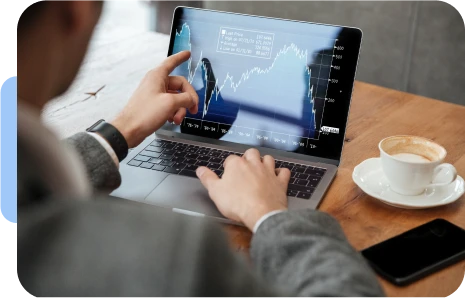
Reacting at the right moment is key when conditions shift. Turbo Adipex Pip applies AI to review market signals and price momentum, offering clarity on when moves may begin or stall. This smart guidance helps users navigate uncertainty while aligning better with pricing trends.
For pattern-based strategy planning, Turbo Adipex Pip detects zones of pressure, support, or potential trend moves. By identifying these levels in advance, the system helps users adapt without delay—matching trading intent with optimal timing for execution.
Turbo Adipex Pip backs risk-balanced strategies with data-driven insights. By reviewing portfolio activity and smoothing position adjustments, users gain improved clarity over fund allocation. The AI also links strategy planning with market movement, helping explain how current positioning aligns with ongoing shifts.
Turbo Adipex Pip maps out advanced frameworks to reveal underlying shapes in price activity. This gives users perspective on potential breakout patterns or delayed movements. When shifts seem unpredictable, the system helps clarify whether to remain cautious or prepare for action.
Turbo Adipex Pip captures movement trends before they fully develop. The platform isolates small market changes that often signal bigger transitions. By applying AI to read pre-trend activity, the system guides users toward decisions supported by strong technical evidence.
Turbo Adipex Pip delivers volatility reviews based on multiple data inputs, identifying shifts early. The platform analyses changes in speed, price volume, and behaviour to prepare users with flexible trading approaches. These evaluations help protect decision-making during volatile periods.
Turbo Adipex Pip integrates expert-level thinking with AI to refine market evaluation. The platform studies pricing data and upcoming changes, turning patterns into well-organized insight. This mix of automated precision and human-led thinking sharpens reaction timing while reducing confusion.
Thanks to real-time input combined with user-defined settings, Turbo Adipex Pip adjusts to live conditions. Users receive structured updates on trends, along with relevant signals to assist in identifying timely moments within evolving markets.
| 🤖 Signup Expense | Completely free registration |
| 💰 Charges Applied | No hidden charges |
| 📋 Sign-Up Method | Straightforward, fast registration |
| 📊 Educational Topics | Focused learning in Cryptocurrency, Forex, and Investments |
| 🌎 Countries Available | Operational in most countries, excluding the USA |